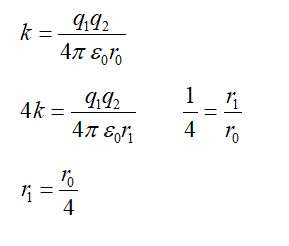13.26 Under certain circumstances, a nucleus can decay by emitting a particle more massive than an
particle. Consider the following decay processes:
Calculate the Q-values for these decays and determine that both are energetically allowed.
13.26 Under certain circumstances, a nucleus can decay by emitting a particle more massive than an particle. Consider the following decay processes:
Calculate the Q-values for these decays and determine that both are energetically allowed.
-
1 Answer
-
13.26 For the emission of , the nuclear reaction is:
We know that:
Mass of , = 223.01850 u
Mass of , = 208.98107 u
Mass of , = 14.00324 u
Hence, the Q-value of the reaction is given as:
Q = ( - - )
= (223.01850 - 208.98107 - 14.00324) u
= 0.03419 u
= 0.03419 MeV = 31.848 MeV
Hence, the Q-value of the nuclear reaction is 31.848 MeV, since the value is positive, the reaction is energetically allowed.
For the emission of , the nuclear reaction is:
We know that:
Mass of , = 223.01850 u
Mass of , = 219.00948 u
Mass of , = 4.00260 u
Hence, the Q-value of the reaction is given as:
Q = ( - &n
...more
Similar Questions for you
Q = [4 *4.0026 – 15.9994] *931.5 MeV
Q = 10.2 MeV
Taking an Exam? Selecting a College?
Get authentic answers from experts, students and alumni that you won't find anywhere else
Sign Up on ShikshaOn Shiksha, get access to
- 65k Colleges
- 1.2k Exams
- 679k Reviews
- 1800k Answers


